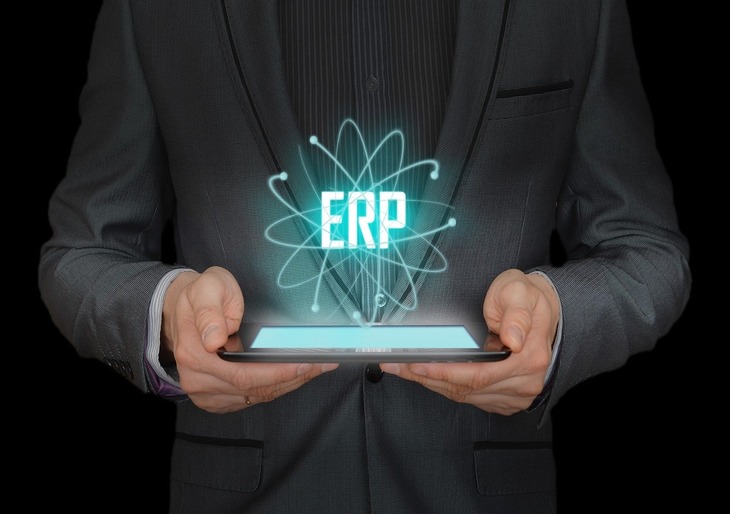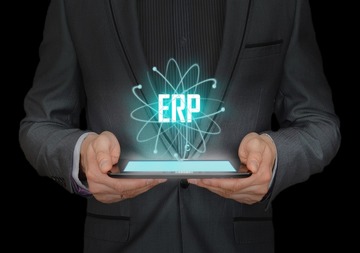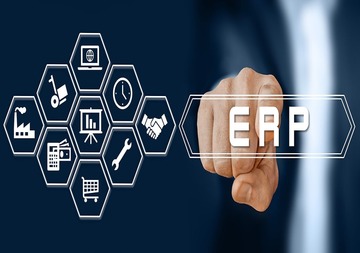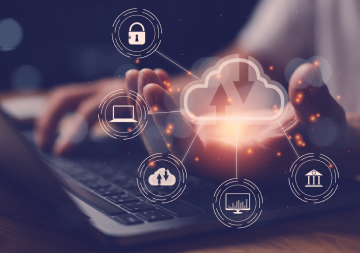
Enhancing enterprise resource planning systems often involves significant costs and intricate processes, yet it’s a necessary endeavor. Employing a product-oriented strategy alongside a comprehensive platform can effectively control expenses while enhancing results.
Enhancing an enterprise resource planning (ERP) system stands as a pivotal and costly choice for IT leaders
For middle-size companies expenses can range widely, typically spanning from $10,000 to well over $100,000, and the decision can significantly influence crucial aspects of the business’s operational framework for the ensuing decade.
Prior to committing to such a decision, Chief Information Officers (CIOs) could gain valuable insights by examining the strategies employed by technology firms in managing alterations to their system infrastructure. These firms prioritize velocity, adaptability, and scalability to generate business value. Consequently, they opt for technological solutions that optimize autonomy and flexibility for their developers, minimizing reliance on intricate system dependencies. Digital-native enterprises achieve this autonomy by structuring their technological framework around modular products and platforms operated as services. This method empowers teams to make optimal decisions concerning the management of their respective products or platforms.
Diverging from this approach is the situation often encountered at many established enterprises, where they grapple with comprehensive enterprise-wide systems characterized by intricate interdependencies, rendering independent decision-making nearly unattainable.
Let’s examine the scenario of a sizable corporation that relied on a singular ERP system for both distribution and warehousing functions. Despite distribution being a key competitive asset demanding agility and adaptability, and warehousing representing a more standardized operation, the ERP system tightly intertwined these two business domains. Consequently, the adjustments required in distribution were constrained by the system’s dependencies with warehouse management. This constraint significantly contributes to the accrual of technical debt over time.
There’s an alternative path to explore. By concentrating ERP upgrade endeavors on specific modules rather than the entire system and by comprehending what truly drives business value, CIOs can mitigate dependencies, reduce costs, maximize returns, minimize risks, and expedite the process.
Transitioning from a mindset centered solely on ERP to adopting a contemporary platform-oriented approach
Digital-native companies exemplify this shift by prioritizing strategy formulation before architecting their platform. They meticulously identify “products” aligned with their strategic objectives (e.g., enhancing customer acquisition and retention) and subsequently pinpoint the requisite platforms (e.g., user authentication, product comparison) necessary to support these products. Each platform is entrusted to a dedicated team responsible for its performance and outcomes, ultimately deciding whether to leverage existing ERP functionalities.
This methodology underscores two fundamental principles: viewing the ERP system as a collection of capabilities rather than a monolithic structure, and allowing product requirements to dictate the utilization of ERP components.
Transitioning to a product and platform operating model necessitates a significant mindset overhaul for most IT departments. Historically, companies have primarily focused on procuring ERP solutions and relied on vendors and system integrators for customizations. While adequate for standardized processes, this approach falls short when tailored solutions are essential. Recognizing this, ERP vendors are increasingly emphasizing modularity and streamlining their core offerings. However, legacy IT often resorts to building atop the ERP system, resulting in intricate change management challenges.
This shift implies a more hands-on approach for IT in managing ERP systems. It entails developing robust engineering expertise, actively navigating system complexities and dependencies, and collaborating closely with business stakeholders to ensure that changes translate into tangible business value.
Identify the Value-Adding Components of the ERP System
With a clear strategy and a shift towards a product and platform operating model, the subsequent crucial step involves discerning which aspects of the ERP system directly contribute to the business’s strategic objectives. This value assessment essentially categorizes the functions and features within the ERP system into two main groups:
- Value-Enhancing Components: These encompass the elements that significantly contribute to the business’s competitive advantage. For instance, in the case of a retailer aiming to excel in rapid delivery, prioritizing fulfillment and logistics functionalities becomes paramount. Often, these capabilities are delivered through microservices, operating independently of the ERP system.
- Commodity Functions: These entail functions that do not directly drive competitive differentiation. Examples include legal or property management functions. The stability, tracking, and capabilities management features inherent in the ERP system suffice for these functions. By adhering to industry standards, companies can leverage vendor innovations and derive value without deviating from the standard. Any customizations implemented by IT must deliver sufficient value to justify the maintenance effort.
This categorization exercise yields a capability map delineating the distinctive and non-distinctive ERP capabilities, alongside their organizational structure. While most classifications can be made at a high level, certain areas necessitate further disaggregation. For instance, while assortment management is primarily considered a commodity function, differentiation might lie in demand forecasting, where the company seeks to distinguish itself from competitors.
A well-crafted capability map also aids in identifying which cluster of modules warrants upgrades based on their value to the business.
This perspective offers a compelling counterbalance to the prevailing practice where vendors, rather than the business, delineate the scope of functionality and modernization requirements. This is often reflected in the common tendency within many established companies for even non-IT stakeholders to refer to upgrade projects as “ERP vendor X” projects, rather than as projects focused on enhancing specific business functions such as finance or supply chain.
Minimizing costs and risks associated with upgrades to low-value components of the system
For the first category, comprising differentiating ERP elements, CIOs should advocate for immediate upgrades. However, for the second category, encompassing non-differentiating ERP elements, upgrades should be sequenced thoughtfully to mitigate costs and risks. Consequently, the upgrade process transitions from a single, protracted project to a series of smaller software projects, each lasting a few months. This approach reduces risk (smaller projects entail smaller risks) and defers expenditure that can be redirected towards transformation initiatives yielding rapid value.
IT departments can capitalize on these benefits by taking three measures to streamline the complexity of the monolithic ERP setup:
- Decoupling Unnecessary Connections: Replacing core systems can present challenges due to the multitude of connections to other applications. While some connections facilitate standard functions like accounts payable and adhere to vendor architecture guidelines, others are ad hoc solutions implemented for various reasons, such as developers opting for direct database access instead of modular interfaces.The sheer volume and uniqueness of these connections complicate any modernization efforts.
To address this complexity, the initial step involves establishing a new layer, commonly referred to as a facade, between the core system and connected applications. All new connections route through this facade layer via APIs, accessing data from the ERP system. This effectively decouples the myriad connections from the core system. This approach offers the significant advantage of enabling changes within the system, such as implementing modular architecture facets, without disrupting all connected applications. The facade development can be completed within a year, prioritizing functionality over perfection.
However, developers may not adopt even a well-designed facade without effective governance to enforce its usage. One approach is to streamline access to core features for product teams, bypassing lengthy approval processes and interface development by the core team. Alongside incentives like this, penalties for non-compliance with new protocols may also be necessary to ensure adherence.
- Extracting Customizations: Many core systems suffer from extensive customization, ranging from intricate reporting functions to unique access protocols. Migrating each customization, often requiring remediation, to a new environment poses risks due to the associated complexity. To address this challenge, companies should establish a digital platform, typically in the cloud, accessible through microservices. The digital platform, which may consist of multiple instances tailored to different functions (e.g., customer-facing, supply chain, ERP), serves as the repository for migrated customizations and new code development.It’s crucial to evaluate the significance of each customization. This evaluation often reveals redundant customizations that can be eliminated, streamlining the upgrade process.
- Shrinking the Core: Once customizations are extracted from the core, efforts should focus on reducing the core to its essential functionality.This entails a process of disaggregation, eliminating intricate connections inherent in large systems. Subsequently, developers and engineers can enhance or replace specific functionalities without impacting other system components. This process typically involves codebase cleanup, enhancing comprehensibility and facilitating maintenance or replacement.
It’s important to note that this disaggregation process doesn’t affect functional domains like accounting or controlling, which execute standard operations within the ERP system. Only functions tightly integrated into the core ERP system without functional justification, such as warehouse management, demand forecasting, or transportation, are considered for relocation outside the core.
ERP upgrades are substantial endeavors, driven by increasing business pressures and evolving software offerings. Adopting a product and platform approach enables companies to prioritize value-driven upgrades while mitigating risks associated with non-essential upgrades. Consequently, companies can effectively manage costs and enhance outcomes.


